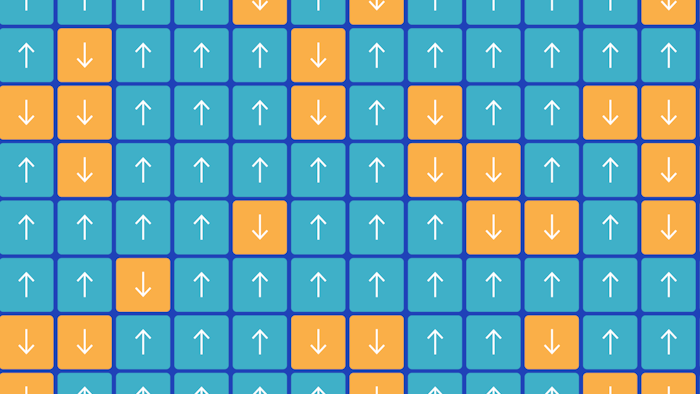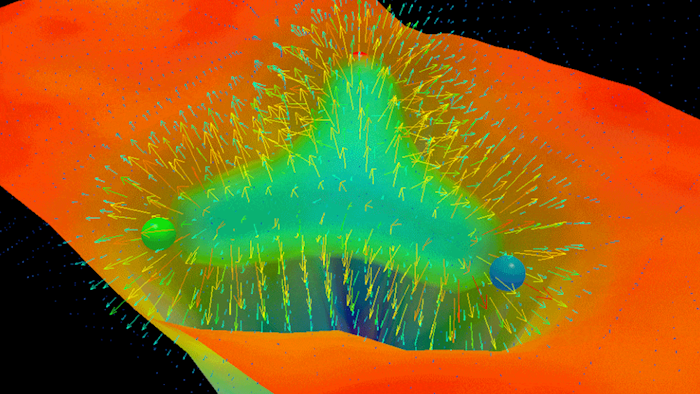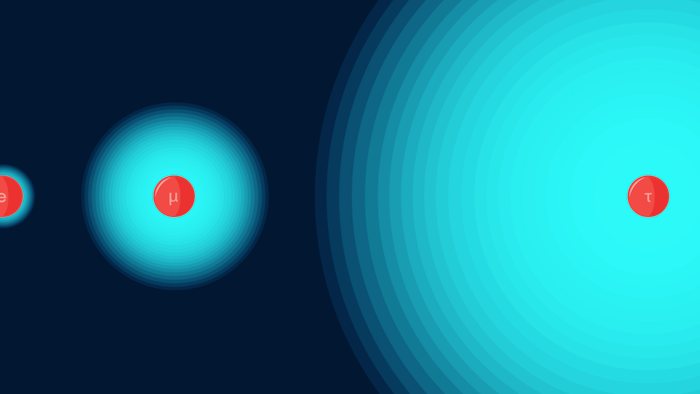Charlie Wood
Global Wave Discovery Ends 220-Year Search
An 18th-century physicist first predicted the existence of a chorus of atmospheric waves that swoop around Earth. Scientists have finally found them.
Big Bounce Simulations Challenge the Big Bang
Detailed computer simulations have found that a cosmic contraction can generate features of the universe that we observe today.
An Alternative to Dark Matter Passes Critical Test
Modified gravity theories have never been able to describe the universe’s first light. A new formulation does.
Cosmic Rays May Explain Life’s Bias for Right-Handed DNA
Cosmic rays may have given right-handed genetic helixes an evolutionary edge at the beginning of life’s history.
The Cartoon Picture of Magnets That Has Transformed Science
One hundred years after it was proposed, the Ising model is used to understand everything from magnets to brains.
Growing Anomalies at the Large Hadron Collider Raise Hopes
Recent measurements of particles called B mesons deviate from predictions. Alone, each oddity looks like a fluke, but their collective drift is more suggestive.
What Goes On in a Proton? Quark Math Still Conflicts With Experiments.
Two ways of approximating the ultra-complicated math that governs quark particles have recently come into conflict, leaving physicists unsure what their decades-old theory predicts.
Why Do Matter Particles Come in Threes? A Physics Titan Weighs In.
Three progressively heavier copies of each type of matter particle exist, and no one knows why. A paper by Steven Weinberg takes a stab at explaining the pattern.
Top Dark Matter Candidate Loses Ground to Tiniest Competitor
Physicists have long searched for hypothesized dark matter particles called WIMPs. Now, focus may be shifting to the axion — an ultra-lightweight particle whose existence would solve two mysteries at once.
Do Brains Operate at a Tipping Point? New Clues and Complications
New experimental results simultaneously advance and challenge the theory that the brain’s network of neurons balances on the knife-edge between two phases.

























